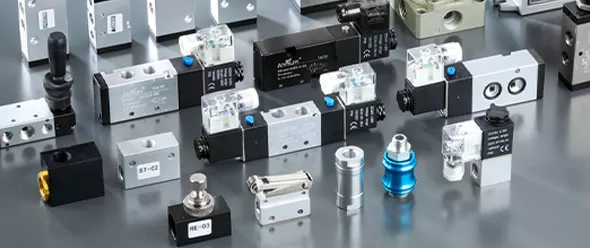
Effortless Flow, Precision Guaranteed
About Solenoid Valve
A Solenoid Valve is an automated basic component used to control fluids, belonging to actuators; it is not limited to hydraulics and pneumatics. A solenoid valve is used to control the direction of hydraulic flow. The mechanical devices in the factory are generally controlled by hydraulic steel, so Solenoid Valve is used. There are many kinds of solenoid valves. Different solenoid valves function at different points in the control system. Let's talk about the working principle of the solenoid valve first.
If you are interested in Solenoid Valve, you can contact us, our website is https://www.anruk.com/,
you are welcome, and look forward to cooperating with you.
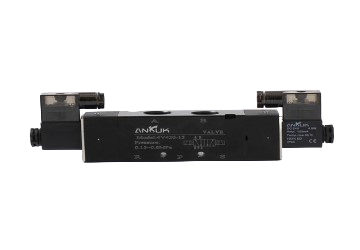
Principles of ordinary Solenoid Valve
Principles of other Solenoid Valves
Features Of Solenoid Valve
Our official website is https://www.anruk.com/.
If you work with Solenoid Valve or want to know more about our company,
you can communicate with us on the website.
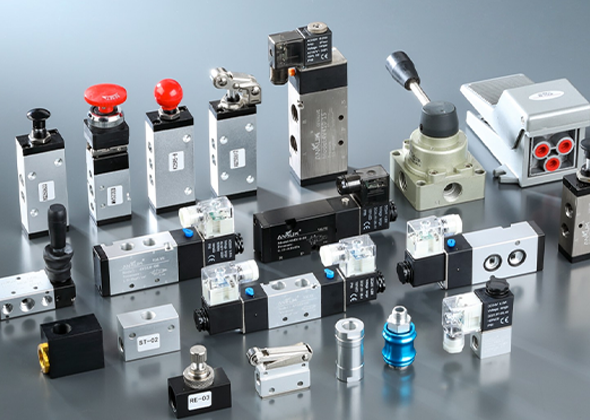
A simple and inexpensive system
The solenoid Valve itself has a simple structure and low price and is easier to install and maintain than other types of actuators such as regulating valves. More notably, the combined automatic control system is simpler and cheaper. Because Solenoid Valve is controlled by a switch signal, it is very convenient to connect with an industrial computer. In today's era of widespread computerization and dramatic price drops, Solenoid Valve's advantages are even more pronounced.
Low power and light profile
The solenoid valve response time can be as short as a few milliseconds, and even pilot solenoid valves can be controlled within tens of milliseconds. Because of its loop, it is more sensitive than other automatic control valves. The properly designed Solenoid Valve coil has low power consumption and is an energy-saving product; it can also automatically maintain the valve position by simply triggering the action, and usually does not consume electricity at all. Solenoid Valve's small form factor saves space and is lightweight and aesthetically pleasing.
External leakage and internal leakage are easy to control
Internal and external leaks are a factor that jeopardizes safety. Other automatic valves usually extend the valve stem, and electric, pneumatic, and hydraulic actuators control the rotation or movement of the valve core, which must solve the problem of external leakage of long-term action valve stem dynamic sealing. Only the Solenoid Valve is completed by electromagnetic force acting on the iron core sealed in the magnetic isolation sleeve of the electric regulating valve, there is no dynamic seal, so the external leakage is easy to block. The torque control of the electric valve is not easy, and it is easy to cause internal leakage, and even the head of the valve stem is broken. The construction of the solenoid valve easily controls internal leakage until it drops to zero. Therefore, Solenoid Valve is particularly safe to use, especially for corrosive, toxic, or high and low-temperature media.
Applicable media is limited but various models
The Solenoid Valve has high requirements for the cleanliness of the medium, and it is not suitable for the medium containing particles. If it is impurities, it must be filtered out first. In addition, viscous media cannot be used, and the range of media viscosity suitable for a specific product is relatively narrow. A solenoid valve usually has only two states of switch, the valve core can only be in two extreme positions, and cannot be adjusted continuously, so the adjustment accuracy is limited. Even so, the advantages of Solenoid Valve are still very prominent, so it is designed into a variety of products to meet various needs and is extremely versatile. The advancement of Solenoid Valve technology also revolves around how to better utilize the inherent advantages.
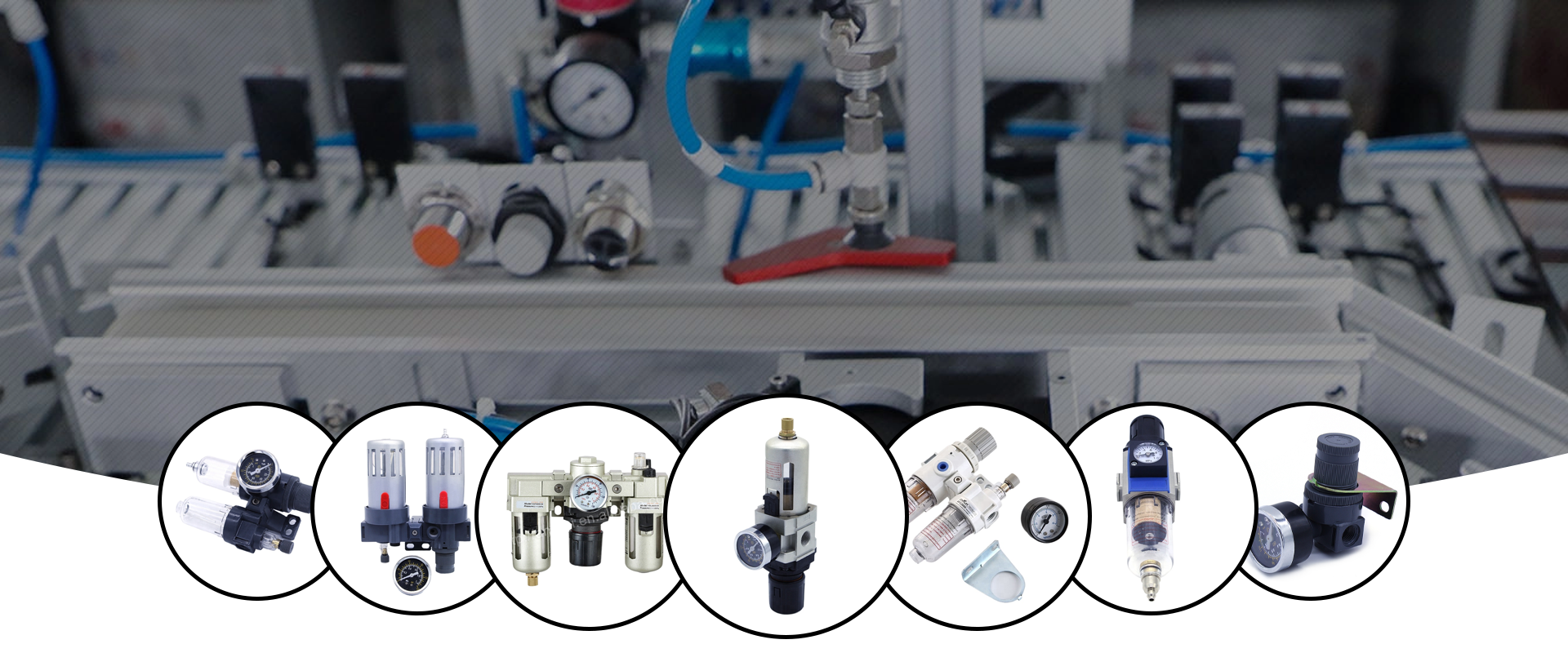
Advantages Of Solenoid Valve
Ang Rui's solenoid valves are developed with advanced technology and strict quality control systems,
ensuring that they meet the highest standards in the industry. Below are the core advantages:
Durability and Material Selection
Made from high-quality materials such as brass, stainless steel, and zinc alloys for enhanced durability and resistance to corrosion.
Sealing materials like PTFE, NBR, EPDM, and FKM ensure leak-proof operation even under high pressure.
Wide Range of Specifications
Operating pressure range: 0.03 MPa to 100 BAR, depending on the model.
Media temperature: -5°C to 150°C, suitable for both low and high-temperature applications.
Available in various port sizes ranging from 1/8 inch to 2 inches, supporting diverse operational requirements.
Compatibility and Customization
Supports OEM and ODM services, enabling customization based on specific client requirements.
Compatible with NPT and BSP thread connections, ensuring ease of installation across different systems.
Wide voltage options: AC220V, DC24V, AC110V, DC12V, accommodating global power supply standards.
Performance and Certifications
ISO9001-certified production ensures consistent quality.
RoHS-compliant materials for eco-friendly operations.
CE certifications for compliance with international safety standards.
Advanced Manufacturing
Fully automated CNC machining for precision.
Multi-stage quality inspection ensures a defect rate below 0.3%.
Over 2 million tested cycles, proving long-term reliability.
Applications Of Solenoid Valve
Ang Rui's solenoid valves are designed for versatility and reliability, making them suitable for a wide range of industries and applications.
Below is a detailed look at how these valves can be applied in various fields:

Industrial Automation
In modern industrial systems, automation requires precise control of fluids and gases. Ang Rui solenoid valves provide:
Precise Flow Control: Ideal for regulating pneumatic systems in automated manufacturing lines.
Durability Under Pressure: Robust construction ensures performance in demanding environments like assembly lines, robotic systems, and machine tools.
Automotive Industry
Automotive production involves complex fluid and gas control systems, where solenoid valves play a critical role:
Efficient Hydraulic Control: Used in hydraulic systems for vehicle assembly and testing.
Pneumatic Systems: Assists in controlling air systems in car manufacturing plants, ensuring efficiency and accuracy.
Water Treatment and Irrigation
The water treatment sector demands valves that can handle different pressure levels and media temperatures. Ang Rui solenoid valves are ideal for:
Filtration Systems: Reliable flow control for water filtration and purification processes.
Agriculture and Irrigation: Automated sprinkler systems and irrigation setups benefit from the valves' precise control, ensuring optimal water usage.
Oil and Gas Industry
The oil and gas sector operates in extreme conditions, requiring valves that can manage high pressures and temperatures:
Pipeline Applications: Controls the flow of oil, gas, and other fluids in pipelines.
High-Pressure Environments: Ideal for refining processes and storage systems, ensuring safety and efficiency.
Chemical and Pharmaceutical Industries
Chemical and pharmaceutical operations involve handling corrosive and volatile substances. Ang Rui solenoid valves provide:
Corrosion Resistance: Constructed with stainless steel and FKM seals to withstand aggressive chemicals.
Precision in Fluid Management: Suitable for metering and dosing applications in pharmaceutical production lines.
Heating, Ventilation, and Air Conditioning (HVAC)
HVAC systems require reliable valves for managing air and water flow:
Temperature Control: Ensures proper heating and cooling by regulating refrigerants and water flow.
Energy Efficiency: Supports efficient operations by minimizing energy loss in air and water distribution systems.
Fire Protection Systems
In fire safety, solenoid valves play a vital role by ensuring rapid response and reliable operation:
Fire Suppression Systems: Used in sprinkler systems to control water release during emergencies.
High Durability: Withstands high temperatures and pressure in critical situations.
Power Generation
Thermal and nuclear power plants require high-quality valves for energy production:
Steam Flow Control: Solenoid valves regulate the flow of steam in turbines and boilers.
Operational Safety: Ensures safe operations in high-pressure systems and reduces downtime.
Metal and Mining Industry
The harsh environments of the metal and mining industries demand robust and versatile valves:
Dust and Debris Handling: Designed to function effectively in dusty and corrosive environments.
Heavy-Duty Reliability: Operates under extreme conditions, such as high pressure and fluctuating temperatures.
These wide-ranging applications showcase the versatility and reliability of Ang Rui solenoid valves. Whether for industrial automation, agriculture, or critical safety systems, our valves provide dependable solutions that meet the needs of various industries. With Ang Rui, you can ensure precision, efficiency, and long-term performance in every application.
Product Types Of Solenoid Valve
A solenoid valve is an electromagnetically controlled industrial equipment, which is the basic element of automation for controlling fluids. It belongs to the actuator. It is used to adjust the direction, flow, speed, and other parameters of the medium in the industrial control system. Solenoid valves can be matched with different circuits to achieve the required control and ensure the accuracy and flexibility of the control. Solenoid valves can be divided into three principal categories: direct-acting solenoid valves, step-by-step direct-acting solenoid valves, and pilot-operated solenoid valves.
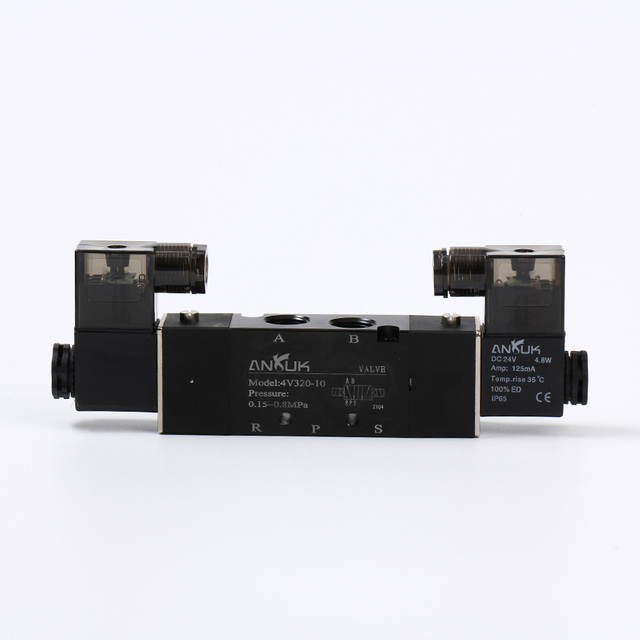
Direct-acting solenoid valve
Step-by-step direct-acting solenoid valve
Pilot-operated solenoid valve
FAQS Of Solenoid Valve
Q1: What is a solenoid valve?
A solenoid valve is an electro-mechanical valve used to control the flow of liquid or gas in a system. They can be pilot-operated or direct-acting and are widely used in industries such as manufacturing, water treatment, and HVAC.
Q2: What certifications do Ang Rui solenoid valves have?
Ang Rui solenoid valves are ISO9001-certified, CE-approved, and comply with RoHS environmental standards, ensuring global compatibility and safety.
Q3: Can the valves be customized?
Yes, Ang Rui offers OEM and ODM services to customize solenoid valves based on specific requirements, including materials, sizes, sealing options, and voltage.
Q4: What type of media can the solenoid valves handle?
Our valves are suitable for air, water, oil, and other liquids and gases, with specific models designed for high-pressure or high-temperature applications.
Q5: How long is the warranty period?
Ang Rui solenoid valves come with a 1-year warranty, and our support team is always ready to assist with any issues.
Q5: Why Choose Ang Rui?
Proven Expertise: Over 13 years of experience in pneumatic and hydraulic components.
Global Reach: Export to Europe, North America, and Southeast Asia.
Eco-Friendly Practices: Use of recyclable materials and energy-efficient production processes.
Customer-First Approach: Flexible MOQs and tailored solutions for every client.
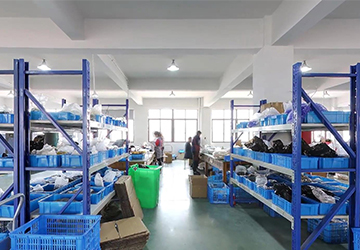
Keep In Touch With Us
Phone:
+86-577-61775655 / +86-137-36379295
Email:
Address:
No. 18, Liujiang Road, Liushi Town, Wenzhou, Zhejiang, China
Explore more about our solenoid valve products at Ang Rui Solenoid Valves.
Solenoid Valve Installation Precautions
When installing products such as Solenoid Valve, users should pay attention to some basic operational issues. Whether the Solenoid Valve is installed correctly will also have a great impact on the efficiency and stability of the Solenoid Valve product, and will accelerate the wear rate of the Solenoid Valve components and reduce the service life. It is more likely to cause accidental damage to the Solenoid Valve due to improper operation.
Before Solenoid Valve is installed
To install the Solenoid Valve, first of all, ensure that the working conditions of the Solenoid valve are consistent with the actual working environment, beyond the scope of the Solenoid Valve, do not force the installation, otherwise, it will easily cause damage and accidents to the Solenoid valve. The main working conditions that need attention are power supply voltage, current range, pressure difference range, medium properties, working environment, and working temperature. Except for the vacuum pipeline and special circumstances, the general Solenoid valve must pay attention to the installation direction of the Solenoid valve when installing. Typically, Solenoid Valves have an arrow-like marking on the valve body. This indicates the orientation of the medium. Different working environments have corresponding Solenoid Valve products. Users can choose products suitable for the working environment, and do not install inappropriate Solenoid Valve models. Since Solenoid Valve is often used together with fluid conveying equipment such as pumps, water hammers may occur in actual work. In the process of choosing a Solenoid Valve, users must choose a Solenoid Valve with waterproof performance.
When Solenoid Valve is installed
The installation direction of the Solenoid Valve in the pipeline system should be installed according to the identification, and the installation of Solenoid Valve coil should be installed vertically on the pipeline, and keep the pipeline and the ground level. Otherwise, the Solenoid Valve is prone to malfunction or not work properly when in working condition. However, please consult the Solenoid Valve manufacturer when using it in some special working environment. Since Solenoid Valve products are related to electromagnetics, they have higher requirements on the working environment, such as the cleanliness of the interior and pipelines, electromagnetic interference, etc. Therefore, the user needs to clean and purge the pipeline and its interior to ensure the cleanliness of the interior and the pipeline, to prevent impurities from affecting the normal operation of the Solenoid Valve. To ensure that the Solenoid Valve will not be affected by foreign matter in the pipeline during work, it is necessary to install filters and filters in the pipeline.
After Solenoid Valve is installed
If the Solenoid Valve works for a long time and the working environment is not good, the user needs to add a bypass in the installation to facilitate maintenance when the Solenoid Valve works and fails. Normally open and normally closed Solenoid Valves cannot be used interchangeably. If they are interchanged, the solenoid coil of the valve body will be burned and the service life of the Solenoid Valve will be reduced. Therefore, users should not keep the Solenoid Valve powered on for a long time in actual use. In addition, different Solenoid Valves, such as steam Solenoid Valves, are explosion-proof, high/low pressure, high and low temperature, etc. Solenoid Valves of different types and uses will have different working conditions. Users should pay attention to the selection and use of Solenoid Valve models.

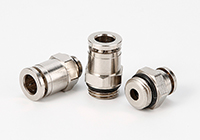
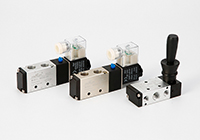
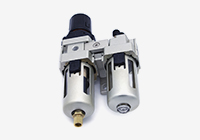



 English
English